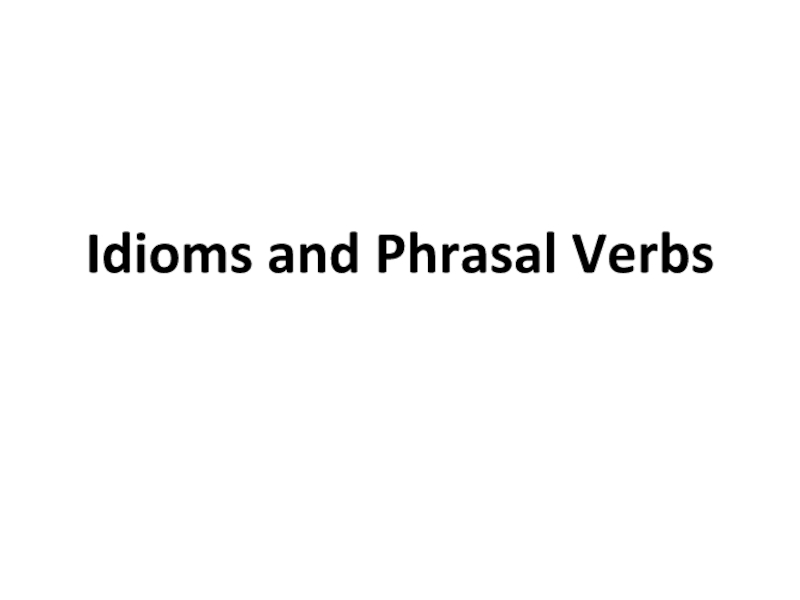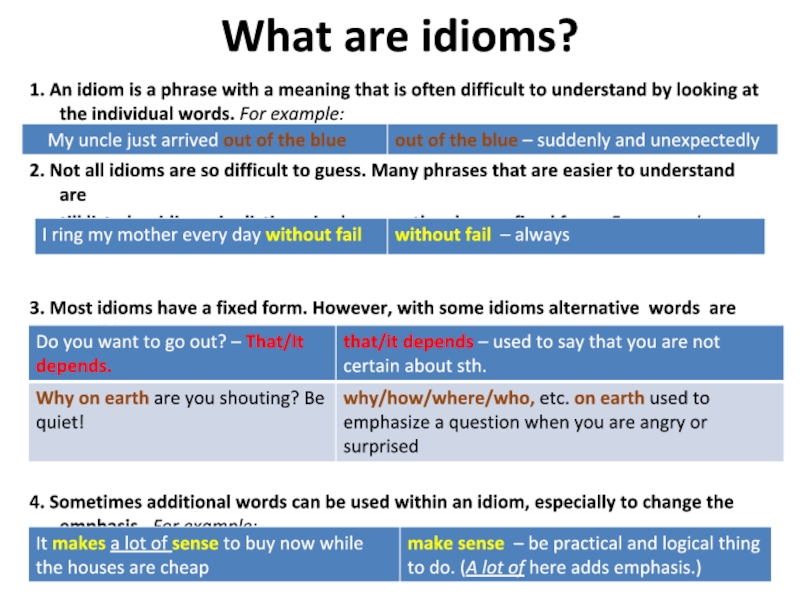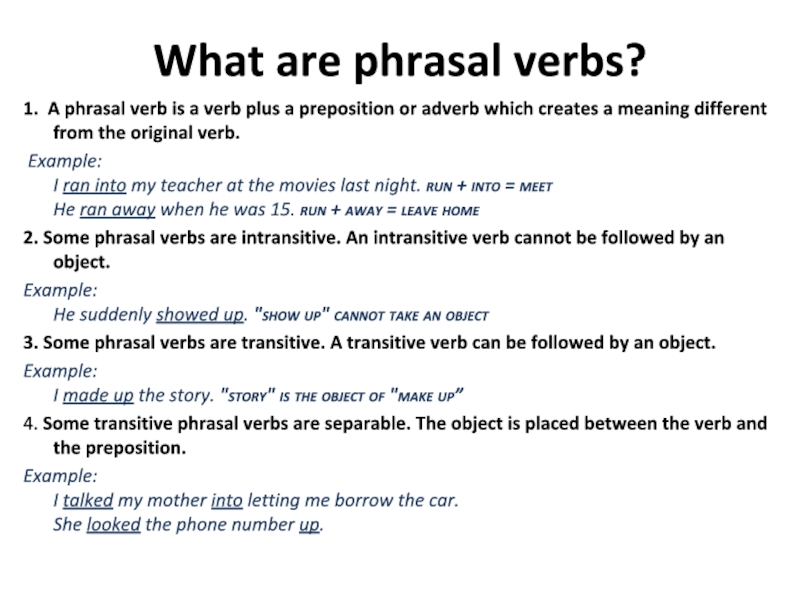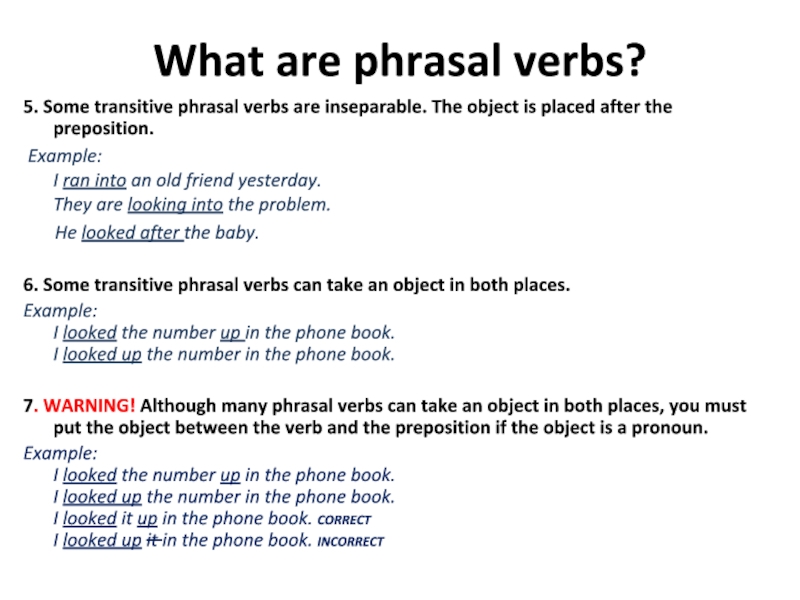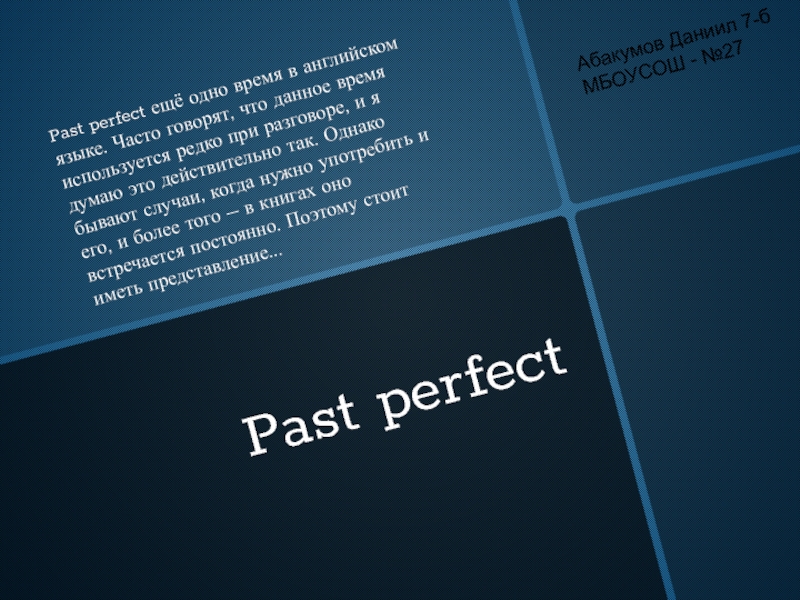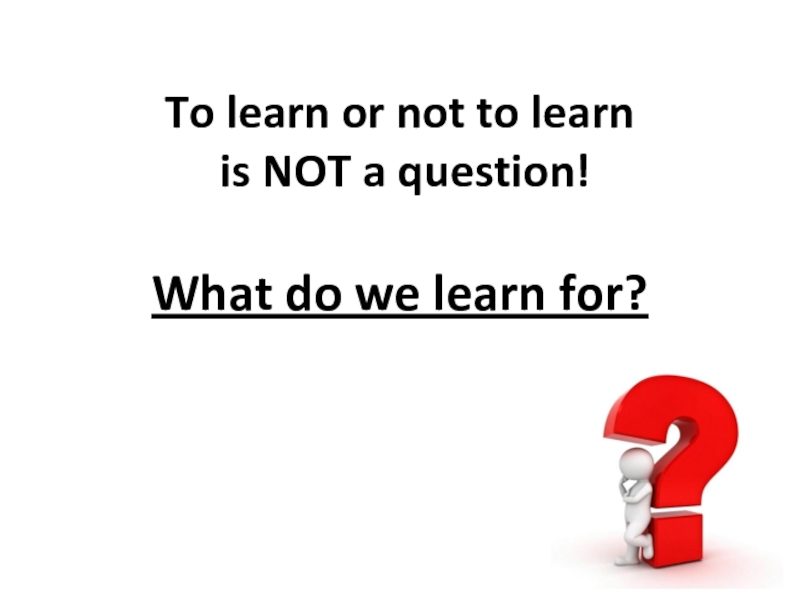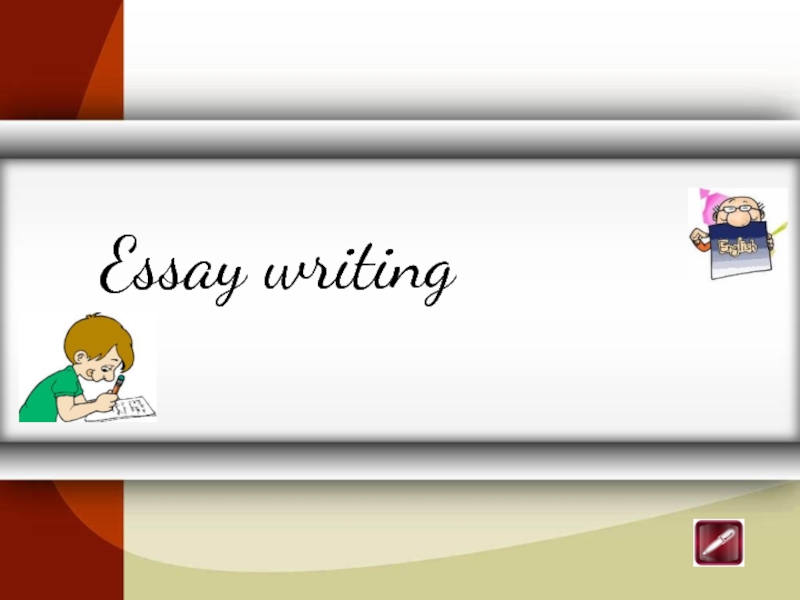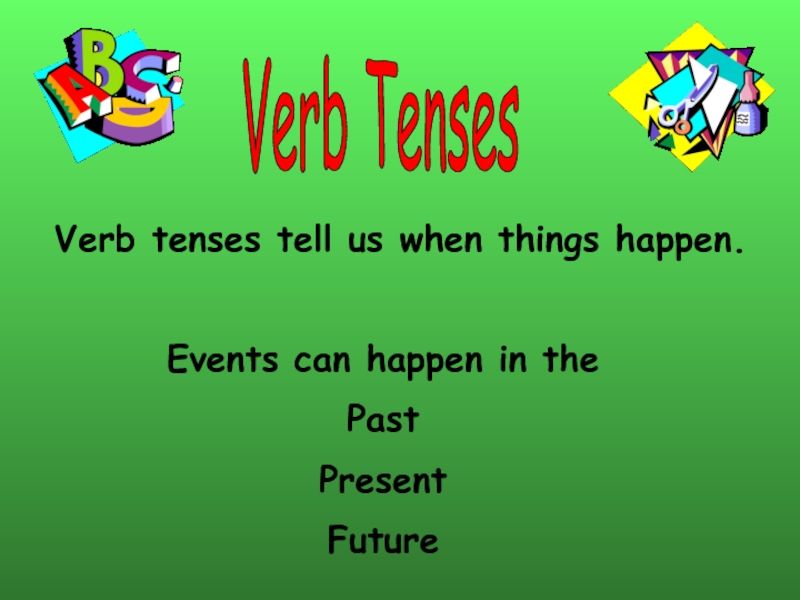- Главная
- Разное
- Дизайн
- Бизнес и предпринимательство
- Аналитика
- Образование
- Развлечения
- Красота и здоровье
- Финансы
- Государство
- Путешествия
- Спорт
- Недвижимость
- Армия
- Графика
- Культурология
- Еда и кулинария
- Лингвистика
- Английский язык
- Астрономия
- Алгебра
- Биология
- География
- Детские презентации
- Информатика
- История
- Литература
- Маркетинг
- Математика
- Медицина
- Менеджмент
- Музыка
- МХК
- Немецкий язык
- ОБЖ
- Обществознание
- Окружающий мир
- Педагогика
- Русский язык
- Технология
- Физика
- Философия
- Химия
- Шаблоны, картинки для презентаций
- Экология
- Экономика
- Юриспруденция
Idioms and Phrasal Verbs презентация
Содержание
Слайд 2What are idioms?
1. An idiom is a phrase with a meaning
that is often difficult to understand by looking at the individual words. For example:
2. Not all idioms are so difficult to guess. Many phrases that are easier to understand are
still listed as idioms in dictionaries because they have a fixed form. For example:
3. Most idioms have a fixed form. However, with some idioms alternative words are possible. For example:
4. Sometimes additional words can be used within an idiom, especially to change the emphasis. For example:
2. Not all idioms are so difficult to guess. Many phrases that are easier to understand are
still listed as idioms in dictionaries because they have a fixed form. For example:
3. Most idioms have a fixed form. However, with some idioms alternative words are possible. For example:
4. Sometimes additional words can be used within an idiom, especially to change the emphasis. For example:
Слайд 4What are phrasal verbs?
1. A phrasal verb is a verb plus
a preposition or adverb which creates a meaning different from the original verb.
Example: I ran into my teacher at the movies last night. run + into = meet He ran away when he was 15. run + away = leave home
2. Some phrasal verbs are intransitive. An intransitive verb cannot be followed by an object.
Example: He suddenly showed up. "show up" cannot take an object
3. Some phrasal verbs are transitive. A transitive verb can be followed by an object.
Example: I made up the story. "story" is the object of "make up”
4. Some transitive phrasal verbs are separable. The object is placed between the verb and the preposition.
Example: I talked my mother into letting me borrow the car. She looked the phone number up.
Example: I ran into my teacher at the movies last night. run + into = meet He ran away when he was 15. run + away = leave home
2. Some phrasal verbs are intransitive. An intransitive verb cannot be followed by an object.
Example: He suddenly showed up. "show up" cannot take an object
3. Some phrasal verbs are transitive. A transitive verb can be followed by an object.
Example: I made up the story. "story" is the object of "make up”
4. Some transitive phrasal verbs are separable. The object is placed between the verb and the preposition.
Example: I talked my mother into letting me borrow the car. She looked the phone number up.
Слайд 5What are phrasal verbs?
5. Some transitive phrasal verbs are inseparable. The
object is placed after the preposition.
Example: I ran into an old friend yesterday. They are looking into the problem.
He looked after the baby.
6. Some transitive phrasal verbs can take an object in both places.
Example: I looked the number up in the phone book. I looked up the number in the phone book.
7. WARNING! Although many phrasal verbs can take an object in both places, you must put the object between the verb and the preposition if the object is a pronoun.
Example: I looked the number up in the phone book. I looked up the number in the phone book. I looked it up in the phone book. correct I looked up it in the phone book. incorrect
Example: I ran into an old friend yesterday. They are looking into the problem.
He looked after the baby.
6. Some transitive phrasal verbs can take an object in both places.
Example: I looked the number up in the phone book. I looked up the number in the phone book.
7. WARNING! Although many phrasal verbs can take an object in both places, you must put the object between the verb and the preposition if the object is a pronoun.
Example: I looked the number up in the phone book. I looked up the number in the phone book. I looked it up in the phone book. correct I looked up it in the phone book. incorrect
